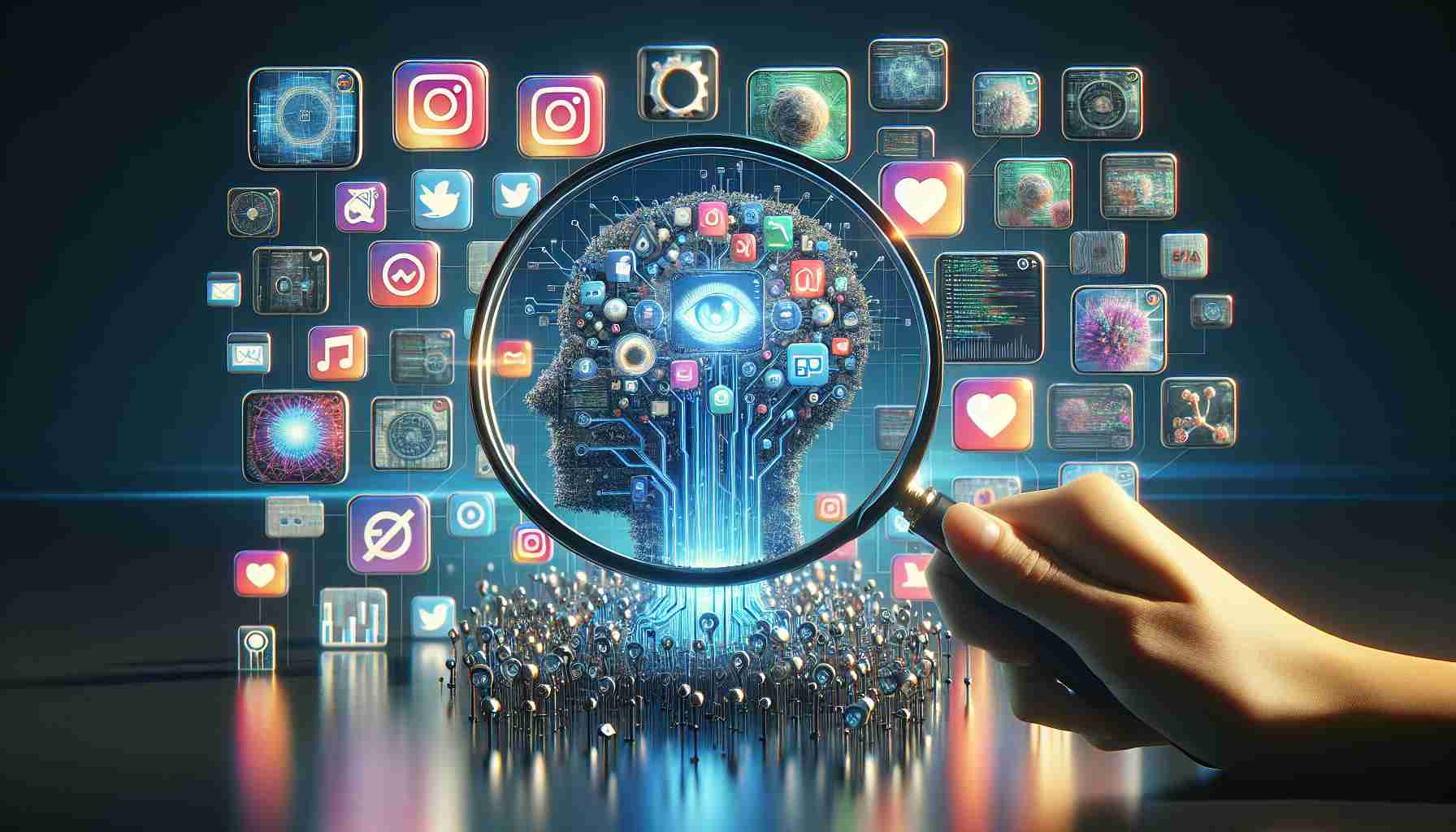As artificial intelligence (AI) keeps advancing, distinguishing between human and machine-created posts on social media is becoming a concern. Recognizing the potential misuse of generative AI for deception, social network operators are under increased pressure to identify AI-generated content more accurately. Meta had previously taken a stand on this issue by tagging such posts automatically.
TikTok is now following suit, with measures to mark content created using AI on its platform. The social media giant, which boasts over a billion users, has announced groundbreaking steps towards transparency. Prioritizing user awareness and authenticity, the previous self-disclosure system will be replaced by an automatic detection mechanism.
This new approach leverages meta-data based technology developed by the Content Authenticity Initiative a collaboration involving Adobe, The New York Times, and the former Twitter, now known as X, under the Content Credentials standard. Such a framework ensures that AI-generated content can be recognized across different platforms, even when shared or downloaded elsewhere.
The illustration provided by TikTok showcases how an identified AI-generated post will appear, marking a significant move in content authentication. Starting today, this automatic filtration will be applied first to image and video posts, with plans to extend it to audio-only content soon.
However, TikTok has cautioned that the rollout of these AI-tagged posts will be gradual, increasing as more content gets embedded with the necessary metadata. In addition to these technical upgrades, TikTok is also launching educational campaigns to raise awareness about AI content on its platform.
Important Questions:
1. Why is identifying AI-generated content on social media platforms important?
Identifying AI-generated content is crucial to prevent misinformation, maintain transparency, and protect the integrity of information on social media.
2. What are the key challenges in detecting AI-generated content?
Challenges include evolving AI capabilities that make detection more difficult, the sheer volume of content to analyze, and ensuring user privacy while scanning content.
3. What are the potential controversies associated with automatic detection of AI-generated content?
Automatic detection may raise issues of censorship, bias in detection algorithms, and the risk of mislabeling human-generated content as AI-generated, leading to unwarranted scrutiny.
Advantages:
– Enhances transparency regarding the origin of content.
– Helps in combating fake news and deepfakes.
– Promotes informed consumption of content by the users.
– Encourages ethical use of AI in content creation.
Disadvantages:
– Possibility of false positives (incorrectly tagging human content as AI-generated).
– Could be seen as a limitation to the creative use of generative AI.
– Evolving AI might learn to bypass metadata detection mechanisms.
Related Links:
– About Adobe
– About The New York Times
– To learn more about the Content Authenticity Initiative, interested readers can search for the official web page of the initiative or Adobe’s involvement in it since direct links to subpages aren’t allowed here.

